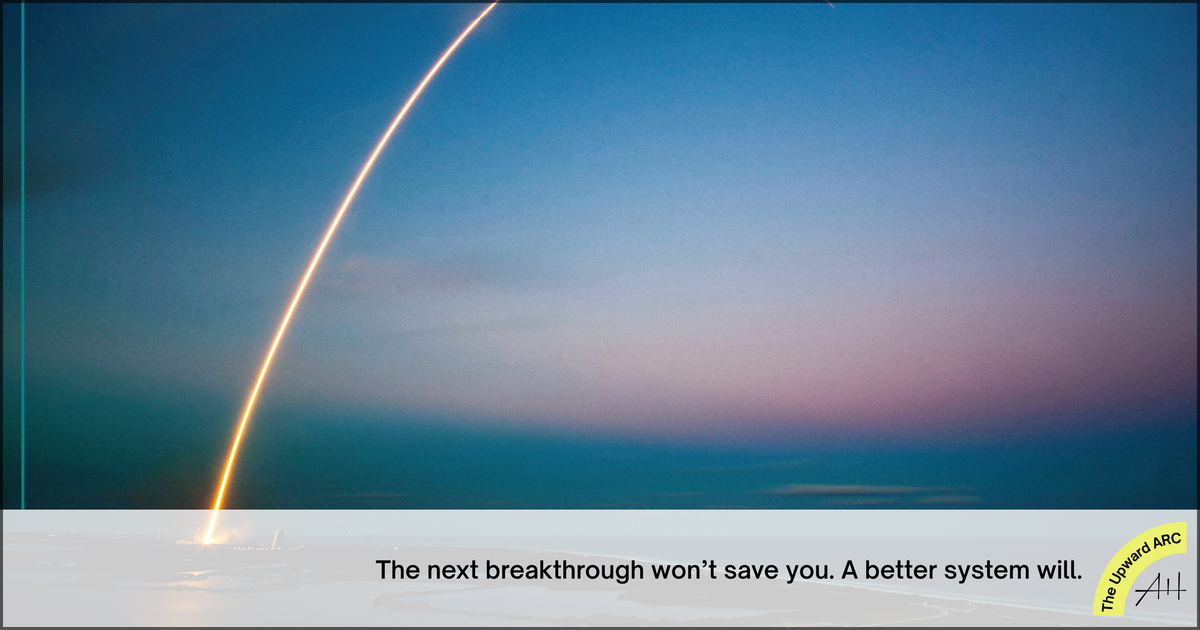Activate, Recover, Capacity: The Science-Backed Framework Replacing Biohacking
Longevity isn’t about hacks. It’s about structure. The Upward ARC (Activate, Recover, Capacity) is my antidote to health overwhelm. Forget perfection; consistency wins. Build your baseline, master recovery, grow capacity. That’s how you add life to years, not just years to life.

This post is for members only
Already have an account? Sign in.
